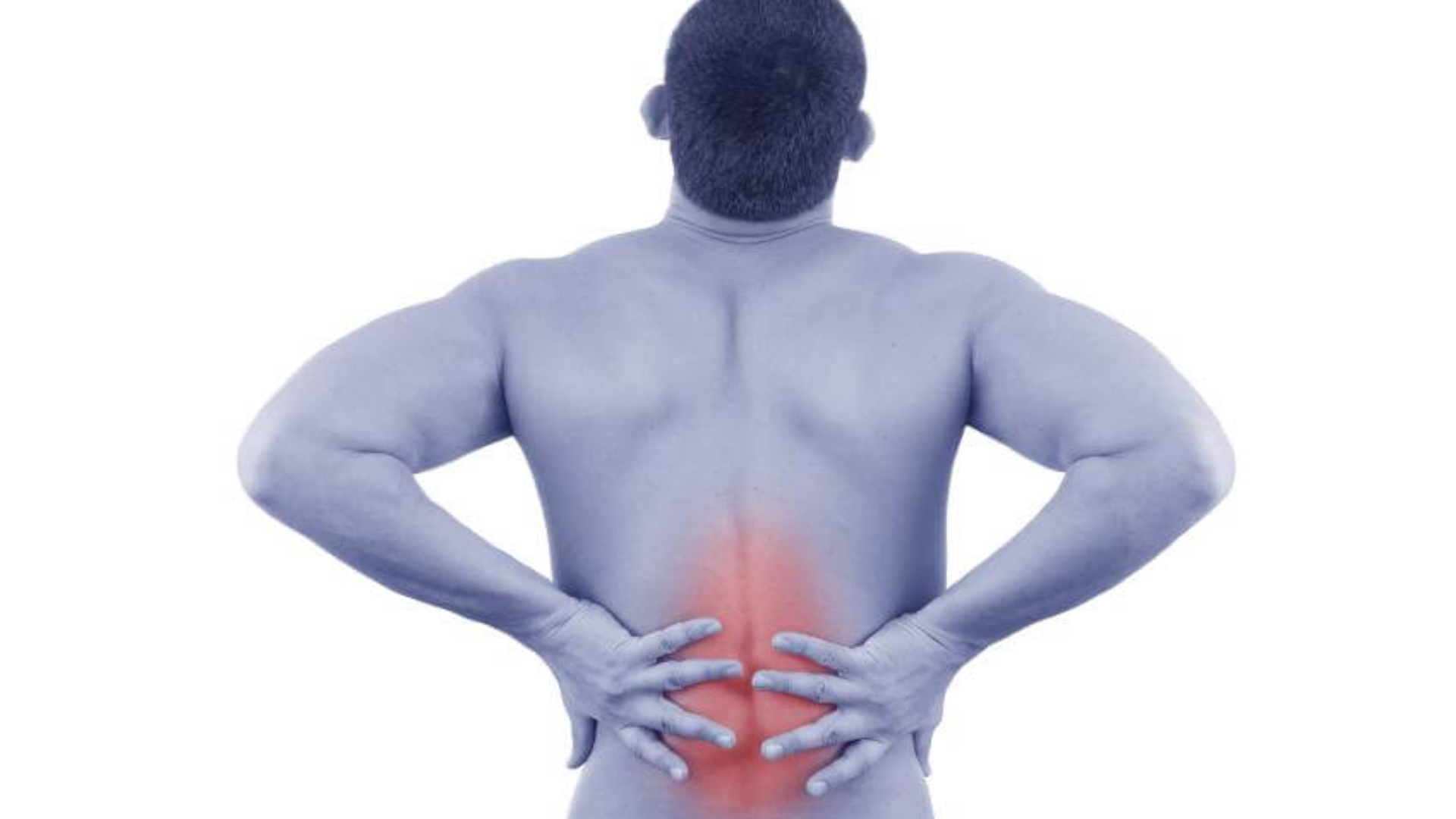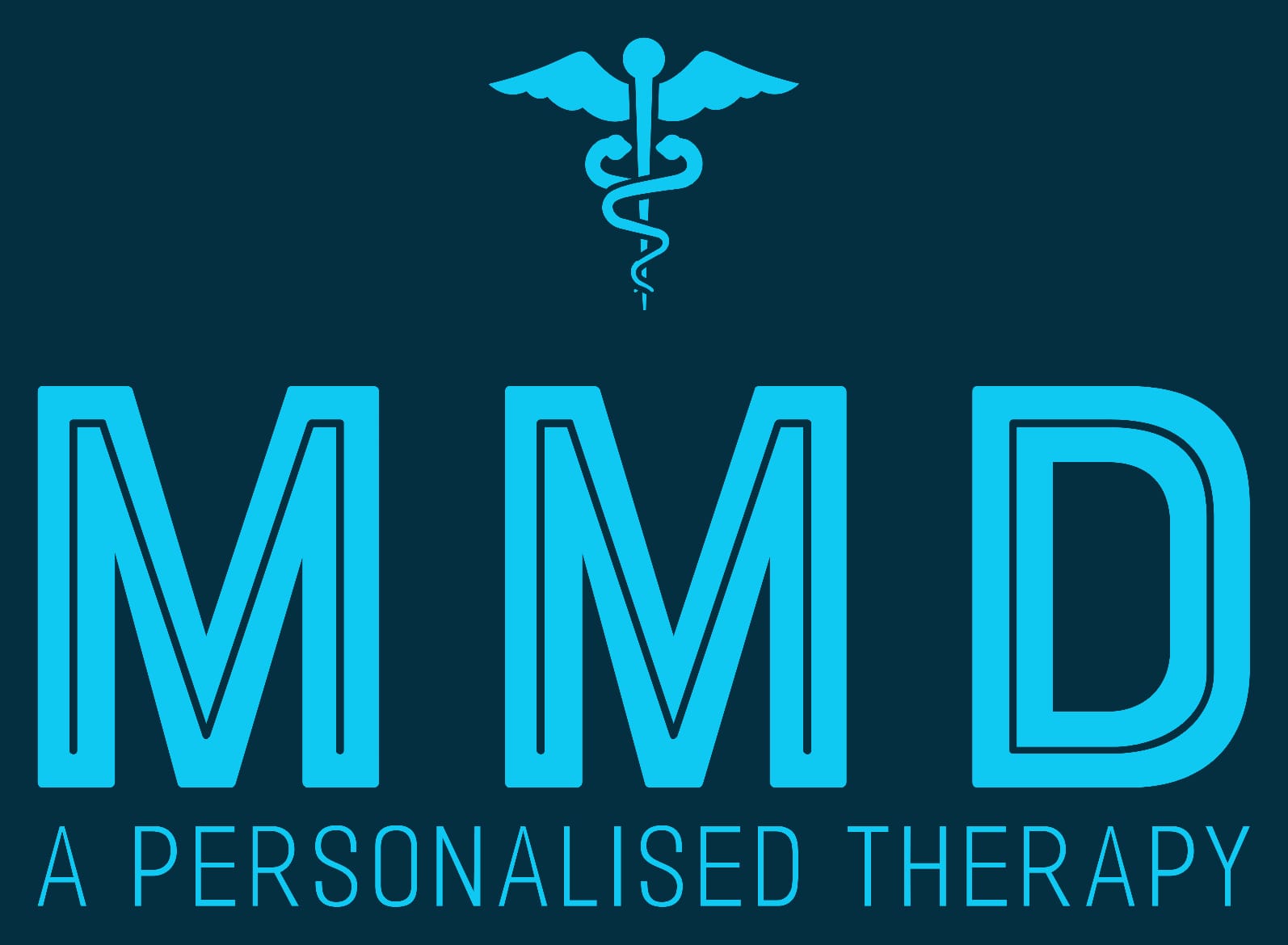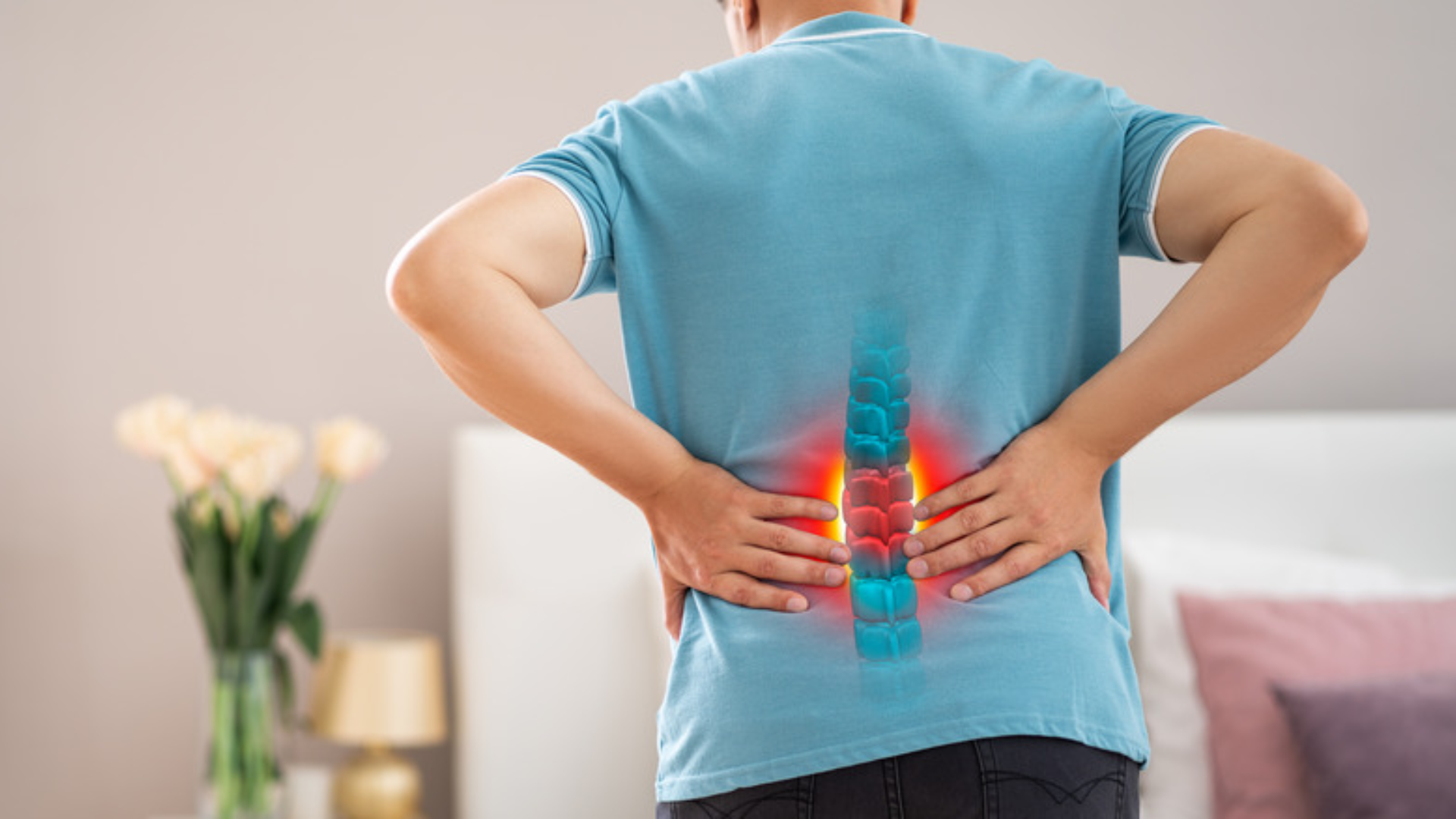Lower back pain is a pain and stiffness in the area of your back from the bottom of your ribs to the top of your legs. It is a very common issue and will affect many of us during our lives. You need to stay active and do some normal exercise. Sometimes it is just a strain in a muscle or ligament, and you can treat it all by yourself. But sometimes, if you overlook it may cause serious damage to your body. That’s why, for some people, it is necessary to see a physiotherapist or doctor.
Key Facts Of Lower Back Pain
According to WHO:
- In 2020, low back pain (LBP) affected 619 million people globally and it is estimated that the number of cases will increase to 843 million cases by 2050, driven largely by population expansion and ageing.
- Lower back pain is the single leading cause of disability worldwide and the condition for which the greatest number of people may benefit from rehabilitation.
- Lower back pain can be experienced at any age. Some people have this pain at least once in a lifetime.
- Prevalence increases with age up to 80 years, while the highest number of lower back pain cases occurs at the age of 50–55 years.
- Non-specific Lower back pain is the most common presentation of pain in about 90% of cases.
What Is Lower Back Pain?
Lower back pain affects the lumbar region of your spine or back. It can result from many different injuries and conditions. Most often, the cause is an injury to muscles or tendons in your back. Sometimes it is temporary, and by using painkillers and exercises, you will feel better. But long-lasting chronic lower back pain is also common in adults. In extreme cases, lower back pain can make it difficult or impossible to walk, sleep, work or do everyday activities.
How Does Your Back Work?
The spine, which is also called the backbone or spinal column, is one of the strongest parts of the body and gives us a great deal of flexibility and strength. It’s made up of 24 bones, known as vertebrae, one sitting on top of the other. These bones have discs in between and lots of strong ligaments and muscles around them for support.
There are also the bones in the tailbone at the bottom of the back, which are fused and have no discs in between. On either side of the spine, running from top to bottom, are many small joints called the facet joints. The spinal cord passes inside the vertebrae, which protect it.
The spinal cord connects to the brain through the base of the skull and to the rest of the body by nerves that pass through spaces between the bones of the spine. These nerves are also known as nerve roots. As you grow older, the structures of your spine, such as the joints, discs and ligaments, age as well. The structures remain strong but it’s usual for your back to get stiffer as you get older.
What Are The Causes Of Lower Back Pain?
There are two different ways to classify lower back pain. It includes:
Specific Causes Of Lower Back Pain
This is when you have a specific cause of your back pain, which can include the following:
- Sciatica: It occurs when one of the discs between your vertebrae bulges out of shape and presses on the surrounding spinal nerves.
- Osteoporosis: When your bones get weak they can get fractured easily which can lead to back pain.
- Facet Joint Pain: This is pain in one of the joints that link the bones in your spine together.
- Ankylosing Spondylitis: It causes inflammation in your spinal joints and ligaments.
There are other, more serious causes, such as infection or cancer, that can lead to severe lower back pain.
Non-Specific Causes Of Lower Back Pain
It means the main cause of lower back pain is unidentified but certain things can increase your risk. It includes:
- Lifting heavy items
- Obesity
- Inactivity for long time
- Stressed due to work
- Poor Posture
- Depression
- Smoking
Symptoms Of Lower Back Pain
Symptoms of lower back pain vary from person to person. This pain can suddenly come and go. You should see a doctor if you are feeling below symptoms:
- Worse pain
- Difficulty in controlling or passing urine
- Loss of control of your bowels
- Numbness around your back passage
- Serious weakness in your legs so you find standing really difficult
- Severe and ongoing back pain that gets worse over several weeks.
- Stops you from working or doing the things you enjoy
- Affects your daily activities

The above symptoms could potentially be linked to a rare but serious condition that needs urgent medical attention. If you do need further support, your doctor will make a referral to physiotherapy, GP or osteopath so that you can have treatment early, to help with the pain and return to normal activities.
Diagnosis Of Lower Back Pain
National guidelines suggest that doctors should use a common-sense ‘wait and see’ approach when diagnosing back pain before deciding if you need further treatment, especially as most cases of back pain improve by themselves. But this approach can be irritating to the patient as they are suffering from pain and want quick relief from this pain. If your pain is not getting better with the passing time your GP will suggest you some tests to examine your spine for injuries and assess your health in other ways. Tests may include:
- Spine X-ray: It uses radiations to produce images of your bones.
- MRI: It uses a magnet and radio waves to create pictures of your bones, muscles, tendons and other soft tissues.
- CT Scan: It uses X-rays and a computer to create 3D images of your bones and soft tissues.
- Blood Tests: It will detect genetic markers for some conditions that cause back pain.
- Electromyography: This test assesses the function of your nerves and muscles. It checks for neuropathy (nerve damage), which can cause pain, tingling and numbness.
Treatments Of Lower Back Pain
The most important things to do to treat back pain are to keep moving, continue with everyday activities and have a healthy lifestyle. If you keep your body active, it will increase the blood flow to the muscles, which promotes healing.
Regular Exercise
Regular exercise leads to shorter and less frequent episodes of back pain. It also releases chemicals called endorphins, which are the body’s natural painkillers. These improve pain and make you feel happier and fresh. Here are some of the types of exercises you can do during back pain:
- Swimming
- Walking
- Yoga
- Pilates
- Gym
Physiotherapy
Physiotherapy can be useful to improve your strength and flexibility. Exercise is one of the most effective treatments for back pain. A physiotherapist can help to recommend exercises according to the severity of pain.
Drugs
If standard painkillers are not working for your lower back pain then your doctor will suggest some additional treatments such as:
- Amitriptyline: Amitriptyline acts to relax muscles and improve sleep. Your doctor will prescribe the lowest possible dose to control your pain symptoms. But if you don’t get relief then they will increase the dose gradually so it does not cause any side effects.
- Pregabalin: Pregabalin aren’t usually given as a first-line treatment for ‘ordinary’ back pain. Although they may help sciatica by reducing irritation of the nerves. They may need to be taken for six weeks to begin with, and sometimes longer.
Injections
Sometimes injections are useful for back pain or sciatica which is more severe or if the usual treatments like physiotherapy and painkillers aren’t working well enough. For sciatica, these injections are called epidurals, and involve an injection of a steroid, which is a strong anti-inflammatory medicine, and anaesthetic, near the spine or through the tailbone, to try and help with pain from a ‘trapped’ nerve root.
Surgery
Some people with back pain need an operation in the worst cases. Sometimes an operation is needed for spinal stenosis or for severe sciatica to free the nerve. Most doctors would recommend trying other measures first, which include medication, physiotherapy or injections.
Conclusion
Millions of people experience lower back pain, which can cause stiffness, discomfort, and limited mobility, all of which affect your quality of life. If your pain persists, consult your healthcare provider. With the right treatment, you can reduce pain, improve movement, and restore daily function. At Medical Massage & Detox, our expert therapists will create a personalized treatment plan to help you find lasting relief. Book your appointment today and start your journey to a pain-free life.
Reference Links:
https://my.clevelandclinic.org/health/diseases/7936-lower-back-pain https://www.bupa.co.uk/health-information/muscles-bones-joints/back-pain





